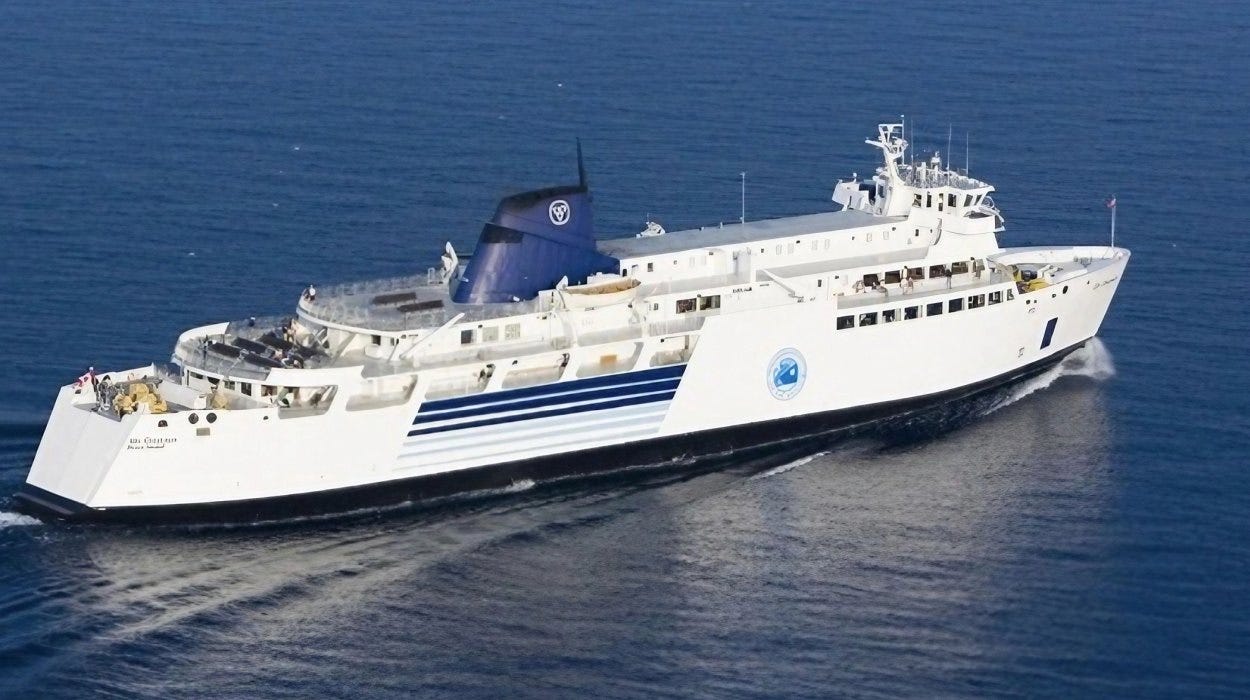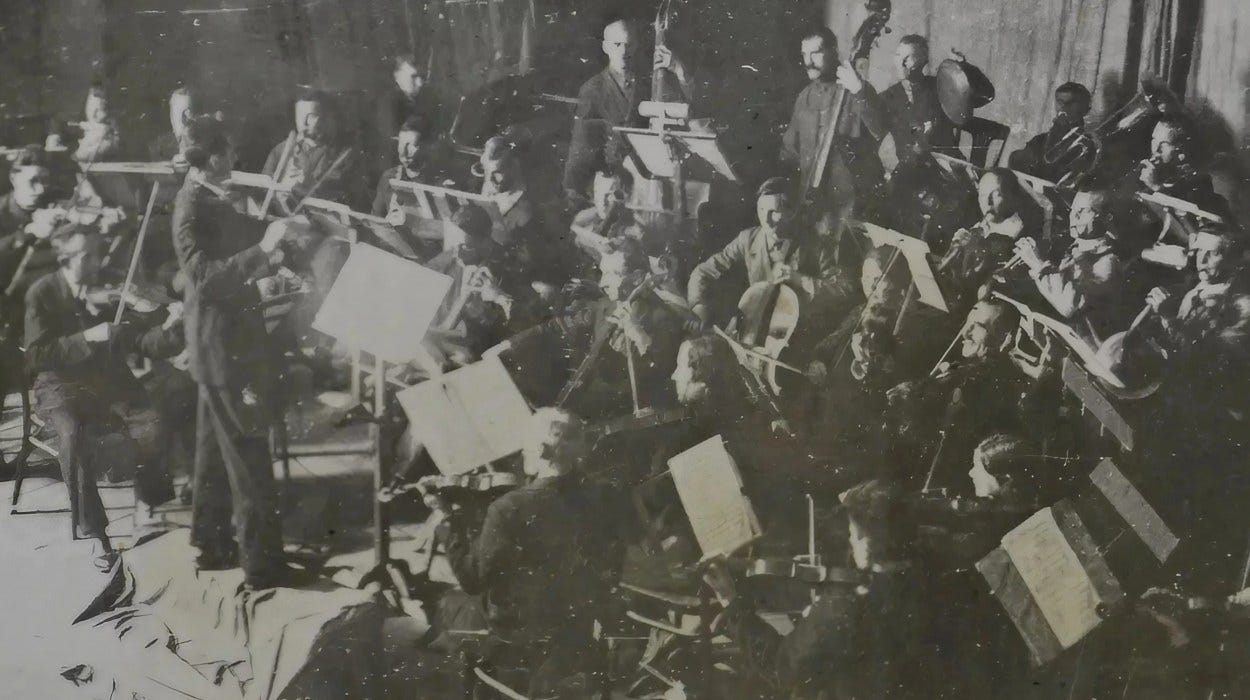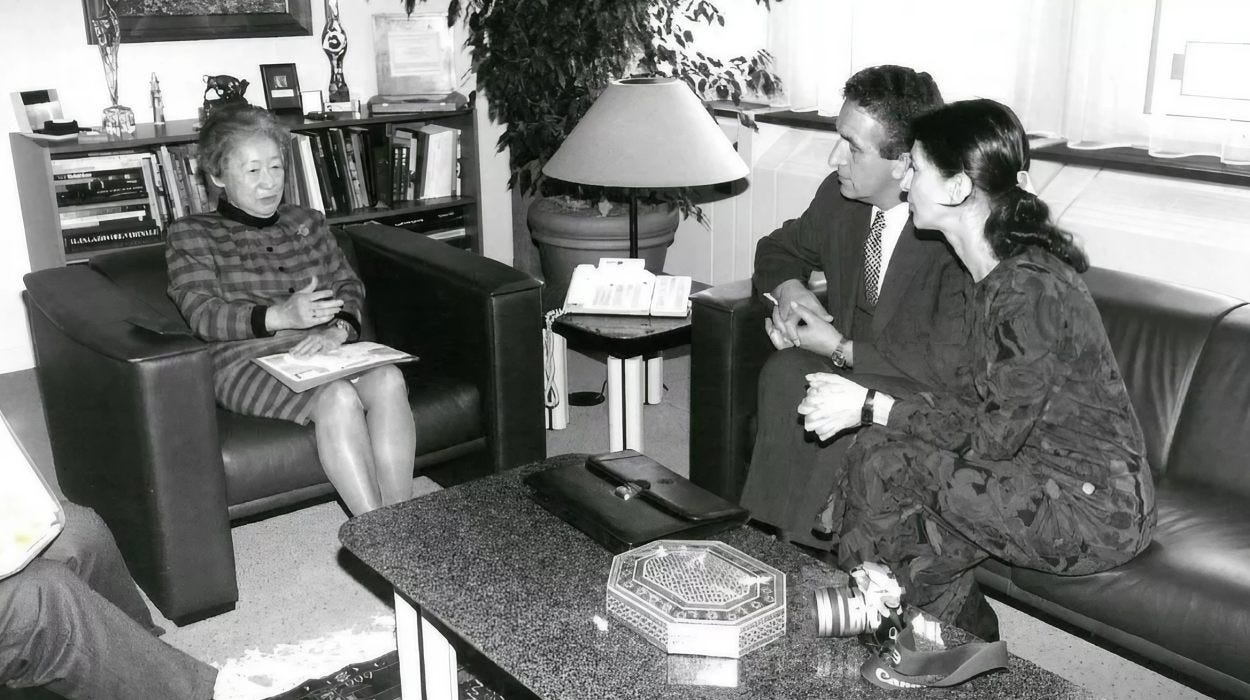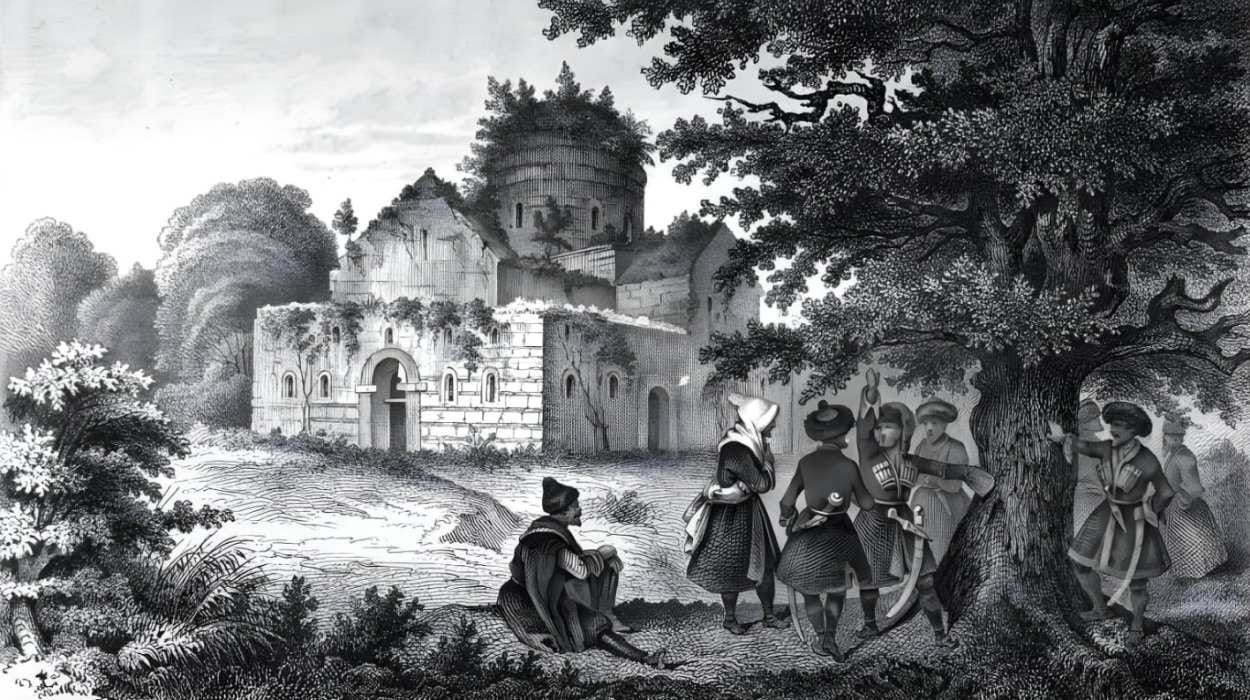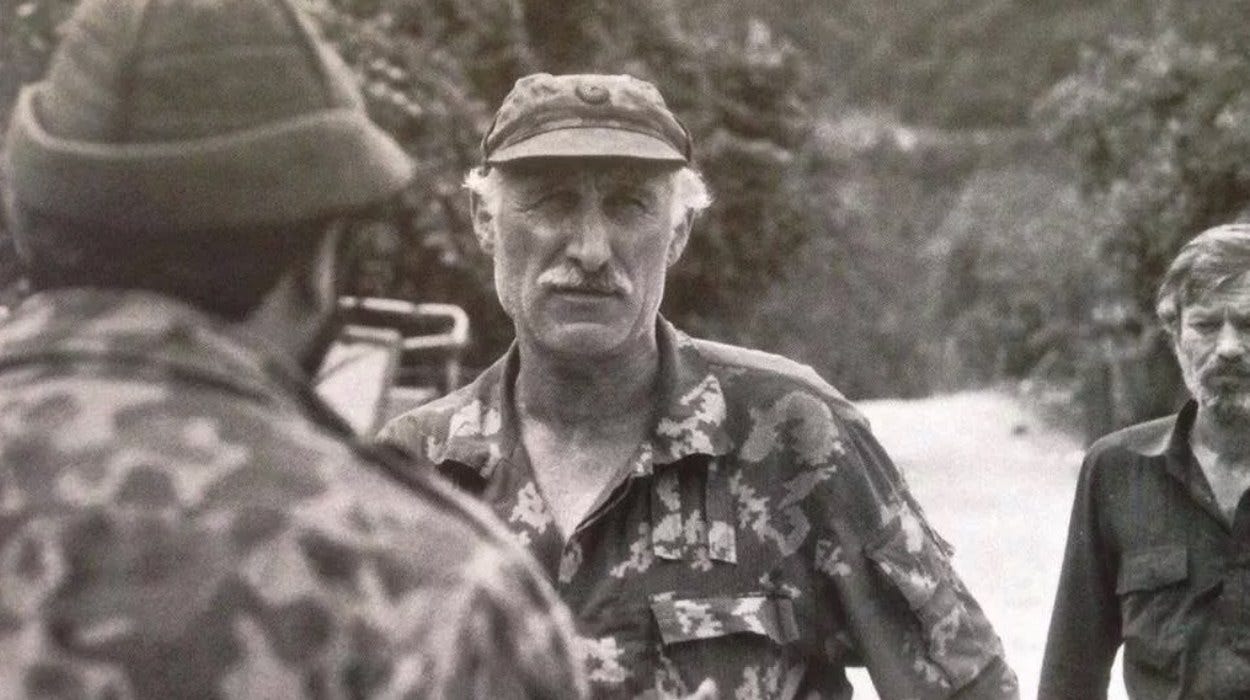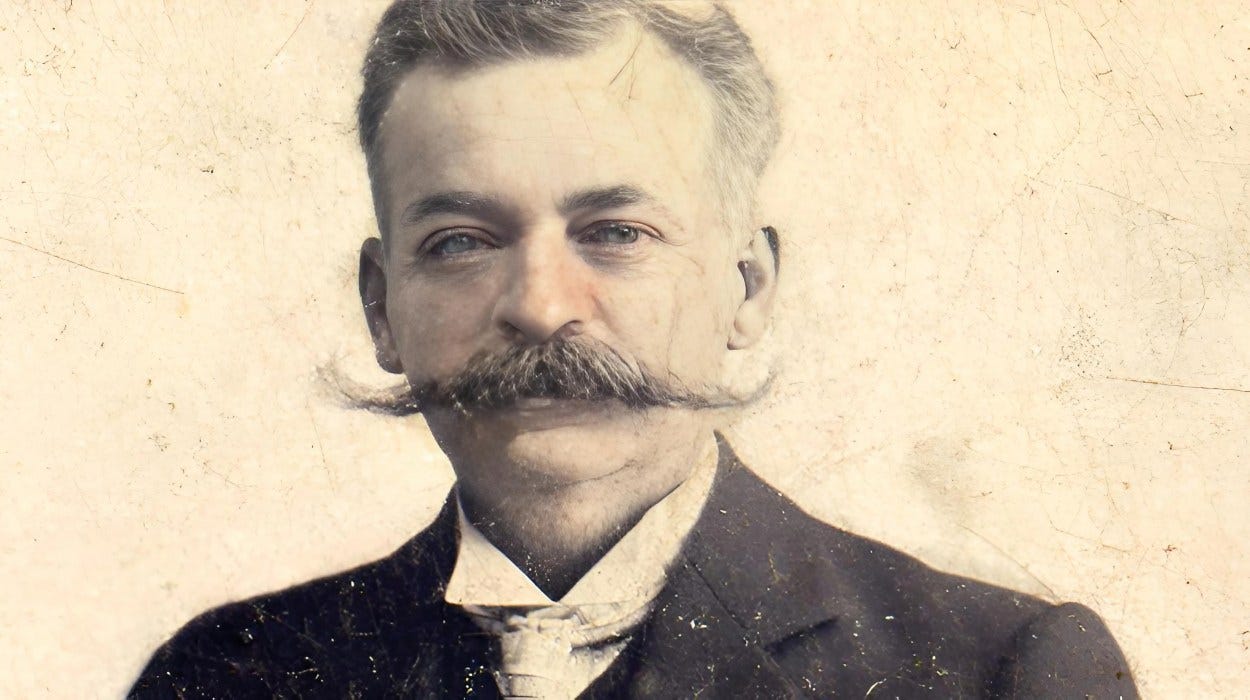AW Newsletter | 4 April 2023
AbkhazWorld Newsletter Now on Substack! This new platform allows us to provide even more in-depth analysis, expert opinions, and current event updates on Abkhazia and the Caucasus.
With our new platform on Substack, we'll bring you even more in-depth content, including expert interviews, opinion pieces, and analysis of current events in Abkhazia and the Caucasus.
You can also access our previous newsletters in our archive on Google Groups at https://groups.google.com/g/abkhaz-world.
If you prefer, you can follow AbkhazWorld on the Substack website by registering for an account. You can also download the Substack mobile app to follow AbkhazWorld and other pages that interest you.
NEWS
Trabzon-Sochi Ferry Services Set to Resume After a 9-year Hiatus
In a welcome development for travellers and businesses, ferry services between Trabzon and Sochi, one of Russia's most important port cities, will resume after a nine-year break.
According to Turkish media, the ferry services will begin on May 1, 2023, providing direct access to the southern Russian city.
The ferry service between Trabzon and Sochi was heavily used between 1992 and 2008, but restrictions and a drop in interest in sea travel led to the complete removal of the service in 2014.
Ferry connections between Trabzon and Sukhum operated twice a week until 1996. However, as a result of the CIS blockade that year, these connections were stopped.
Ahmet Hamdi Gündoğan, Deputy Chairman of the Board of the Eastern Black Sea Exporters Association (DKIB), expressed his optimism about the positive impact the resumed ferry services will have on Trabzon's trade and exports.
Gündoğan highlighted that the ferry service, which allows passengers to transport cargo up to 10,000 Euros without any documentation, will contribute to increased trade and exports in Trabzon.
Abkhazia and Bashkortostan Strengthen Ties, Boosting Tourism and Investments
Abkhazia and Bashkortostan have signed an intergovernmental agreement to enhance international and foreign economic relations in trade, economic, scientific, technical, social, tourism, and cultural spheres.
Radiy Khabirov, head of the Republic of Bashkortostan, announced that investments are flowing back into Abkhazia, leading to the emergence of new tourist complexes and hotels. He made this statement after meeting with Aslan Bzhaniya, the President of Abkhazia.
Khabirov emphasized that following the visit to the republic, the groundwork had been laid for tourists from Bashkortostan to visit Abkhazia. He met with Bzhaniya at the administration of the President of Abkhazia.
Abkhazia State Symphony Orchestra Celebrates its 90th Anniversary
Founded in 1933 by Hungarian-born music figure Konstantin Kovács, the orchestra originally comprised 86 musicians from the former USSR. Recognised as the best in Transcaucasia based on inter-republican reviews, the orchestra's repertoire spans a diverse range of compositions, including works by Western European, Russian, Soviet, and Abkhazian composers.
Following the 1992-93 Patriotic War in Abkhazia, the Symphony Orchestra was restructured into the State Chamber Orchestra of the Republic of Abkhazia. The current chief conductor and artistic director is David Terzyan, a People's Artist of the Republic of Abkhazia.
BLOG
Anna and the President: A Translator's Story
Anna Keropyan served as the translator for the first President of Abkhazia, Vladislav Ardzinba, from 1995 until the end of his presidency. During the most challenging and critical negotiations, she was by the leader's side, witnessing first-hand how he defended the interests of the country during one of the most difficult periods in Abkhazian history.
She first met Vladislav Ardzinba in 1993. She was returning home from Moscow with a German journalist who was scheduled to interview the president. It was late, and Vladislav Ardzinba was very tired, but the interview took place. Impressed by the President of Abkhazia's personality, journalist Silbia Khodela left Gudauta, while Anna returned home to Sukhum. The next meeting took place in Moscow. Ardzinba was scheduled to meet Lord Avebury from Great Britain. Anna was contacted by the Ambassador of Abkhazia, Igor Akhba, and asked to serve as an interpreter at this meeting.
LANGUAGE
From Guma to Abzhywa: Tracing the Journey of Abkhazian Dialects with Viacheslav Chirikba
According to Viacheslav Chirikba, a linguist and doctor of philology, Abkhazians used to speak five dialects until the middle of the 19th century.
These dialects were spread from the southeast to the northwest, with the Abzhywa dialect in the eastern part of Abkhazia, the Tsabal dialect in the upper reaches of the Kodor, the Guma sub-dialect between the Kodor and the current New Athos, the Bzyp dialect between New Athos and the Bzyp River, the Sadz dialect between the present city of Gagra and the river Matsesta, and the Ahchypsy dialect in the upper reaches of the Mdzymta River.
However, during the time of mukhadzhirism, which refers to the forced migration of the mountain peoples of the Caucasus to the Ottoman Empire, most speakers of these dialects were evicted. Currently, only two dialects of the Abkhaz language are spoken in Abkhazia – Abzhywa in the eastern part and Bzyp in the western part.
PERSONALITIES
Remembering Hero of Abkhazia, Lieutenant General Givi Agrba
On 4 April 2023, Hero of Abkhazia, Lieutenant General Givi Agrba, holder of the Order of "Akhdz-Apsha" II degree, would have turned 86 years old.
Born on 4 April 1937, Lieutenant General Givi Agrba led the defence of Sukhum on the first day of the war. He served as deputy commander of the Gumista defence line, commander of the New Athos brigade, and head of the Gudauta garrison. Agrba participated in the 1st Shroma, July, and September offensive operations of the Abkhazian army.
He worked as the first head of the Sukhum garrison and later as the Minister of Internal Affairs from 1993 to 1996. He held the positions of First Deputy Minister of Defence from 1996 to 2002 and Chairman of the State Security Service of the country from 2002 to 2004.
The Sukhum Master of Photography: Ioannis Evkarpidi's Artistic Legacy
In the late 19th and early 20th centuries, the city of Sukhum experienced rapid growth and development, leading to a demand for new artistic studios, known as photographic ateliers. Among the many talented photographers of that time, Ioannis Polychronovich Evkarpidi emerged as an exceptional artist.
The work of a photographer during this period was highly skilled and well-paid. The photographs were characterized by high technical and artistic quality, achieved through the photographer's skill and aesthetic vision, and the use of gold salts, platinum, and rare metals in the photographic process. As a result, photographs were expensive, and not everyone could afford them.
By the beginning of the 20th century, improvements in photographic techniques led to a decrease in the cost of photographs, making photography more accessible. This can be seen in Evkarpidi's works, which feature both nobles and common people.
Ioannis Evkarpidi was born around 1871 in the city of Kotiora - Κοτύωρα - (Ordu), then part of the Ottoman Empire. His parents were educated and valued education for their children. Ioannis had four brothers and one sister, and he was known as Nanos among his family.




